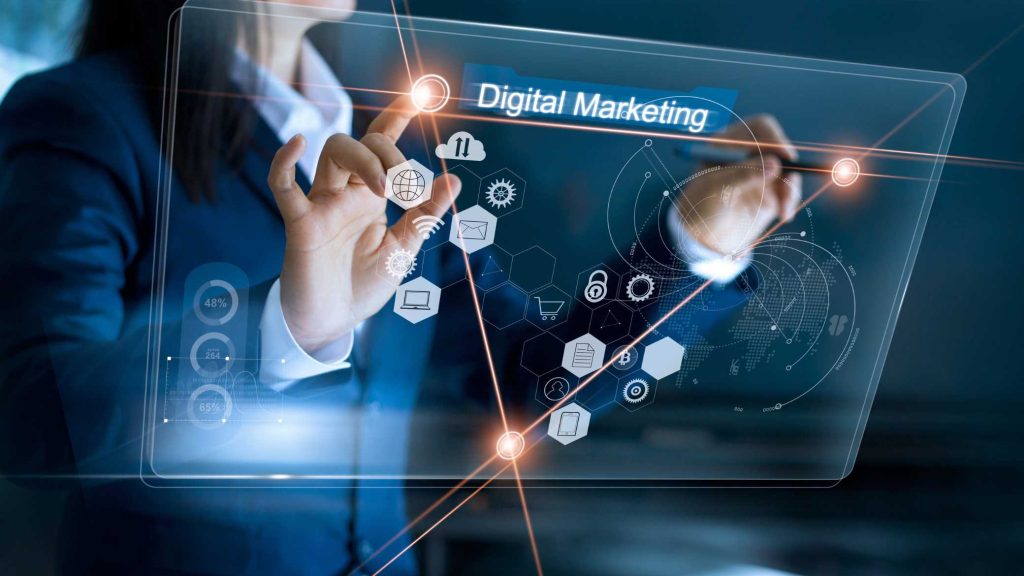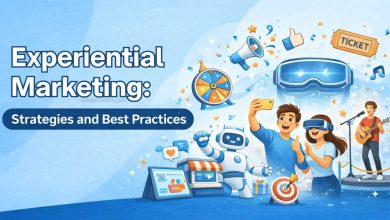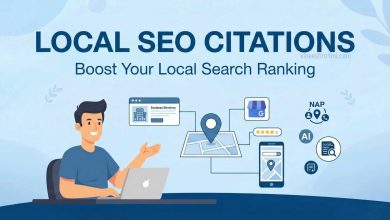What is a Digital First Strategy? The Ultimate Guide for 2025 Success
Digital First Strategy: In the modern digital landscape, businesses that want to grow, connect with customers, and remain competitive must think beyond traditional approaches. One of the most important transformations in recent years is the shift towards a Digital First Strategy. In this in-depth blog post, we will explore what a Digital First Strategy really means, why it matters in 2025, how it differs from digital transformation, and how businesses can implement it effectively. Whether you’re a startup founder, marketing professional, or business owner, understanding this approach is essential for long-term success in today’s technology-driven world.
Table of Contents
What is a Digital First Strategy?

A Digital First Strategy is a business mindset and operational approach that prioritizes digital solutions, platforms, and channels as the primary method of engagement, communication, and service delivery. It doesn’t mean going digital only—it means digital comes first, before traditional or offline methods. This strategy puts digital experiences at the core of customer interactions, marketing efforts, and internal processes, making businesses more agile, scalable, and customer-focused.
For example, instead of launching a product in a physical store first, a company with a digital-first strategy might launch it online, promote it through social media, offer virtual support, and collect data through digital analytics tools to optimize the campaign in real time.
Also Read: Digital Marketing Automation : Tools and Benefits for Businesses – Comprehensive Guide 2025
Why a Digital First Strategy Matters in 2025
The digital environment in 2025 is fast, mobile, and experience-driven. Consumers now expect seamless online interactions, 24/7 availability, personalized content, and quick access to products and services. A digital-first strategy allows businesses to meet these expectations efficiently.
Key Reasons to Adopt a Digital First Strategy in 2025:
- Increased Online Presence: Consumers spend more time online than ever before.
- Faster Customer Support: Chatbots and automation provide immediate responses.
- Better Data Collection: Every digital interaction generates useful customer data.
- Higher Engagement: Digital-first campaigns see better interaction and conversions.
- Cost-Effective: Digital platforms reduce the need for expensive offline infrastructure.
- Scalability: It’s easier to scale a digital business globally with fewer resources.
Digital First vs Digital Transformation: What’s the Difference?
While the terms are often used interchangeably, they’re not exactly the same.
- Digital Transformation is the overall shift from traditional systems to digital tools and technologies.
- Digital First Strategy is a mindset that prioritizes digital solutions from the beginning, even if the organization is still in the process of full digital transformation.
In short: Digital First is the strategy. Digital Transformation is the process.
Key Components of a Digital First Strategy

1. Customer Experience (CX) Comes First
A digital-first business prioritizes user-friendly websites, mobile apps, intuitive interfaces, and real-time customer service tools. Every touchpoint is designed to offer seamless interaction.
2. Content Strategy Focused on Digital Channels
Instead of repurposing traditional ads for the internet, digital-first companies create content specifically for social media, search engines, YouTube, podcasts, and mobile devices. From engaging videos to informative blogs, content is crafted to inform, convert, and build relationships online.
3. Omnichannel Marketing
Digital-first doesn’t mean single-channel. In fact, the best strategies use multiple digital channels simultaneously, including FB, Insta, email, websites, and SMS. This ensures consistent messaging and branding wherever the customer is.
4. Data-Driven Decision Making
With digital tools, businesses can track user behavior, conversion rates, bounce rates, heatmaps, campaign performance, and more. A digital-first mindset relies on this data to continuously optimize customer experience and marketing performance.
5. Cloud-Based Tools and Remote Work Readiness
Digital-first businesses often use cloud platforms for team collaboration, project management, and client servicing. This not only boosts productivity but also enables global remote operations with ease.
6. Automation and AI Integration
From email automation to AI chatbots and recommendation engines, digital-first businesses leverage automation to scale their services while reducing human error and increasing efficiency.
Buy Now : Digital Marketing E-Book
How to Implement a Digital First Strategy in Your Business
Step 1: Reassess Your Business Model
Evaluate how your business delivers value. Identify which processes can go digital—sales, marketing, customer service, onboarding, etc.
Step 2: Build a Digital-Ready Team
Hire or train a team that understands SEO, digital advertising, content marketing, data analysis, and tech tools.
Step 3: Invest in the Right Tools
Use CRM systems, marketing automation tools, website analytics, social media scheduling platforms, and cloud-based software.
Step 4: Prioritize Mobile
Ensure your website, emails, and digital campaigns are optimized for mobile users. In 2025, more than 80% of web traffic comes from mobile.
Step 5: Listen to Customer Data
Collect feedback, monitor behavior, and analyze user data to personalize your messaging, improve your offers, and retain more customers.
Benefits of a Digital First Strategy

- Stronger Brand Visibility
Your brand becomes more discoverable across platforms like Google, YouTube, and social media. - Improved Customer Loyalty
Digital experiences that are fast, personalized, and responsive build stronger emotional bonds with users. - Increased Revenue
Digital-first businesses can scale faster, reduce operational costs, and tap into wider markets, leading to increased profitability. - Better Crisis Resilience
Digital-first companies are more adaptable to market changes, economic disruptions, or consumer shifts because they operate with agility.
Conclusion
A Digital First Strategy is not just a marketing approach—it’s a complete shift in how modern businesses operate. In 2025, companies that lead with digital thinking will outperform those still stuck in traditional models. By focusing on customer experience, embracing omnichannel marketing, using AI and automation, and creating content tailored for the digital landscape, you can future-proof your business and stay ahead of the curve. Whether you’re a solopreneur or a growing brand, digital-first is not optional anymore—it’s essential.
Keywords: What is digital first strategy, Digital first approach 2025, Digital first marketing strategy, Customer-centric digital strategy, Digital transformation vs digital first, Future of digital-first businesses, Digital-first content strategy, Benefits of going digital first, How to build a digital first brand



